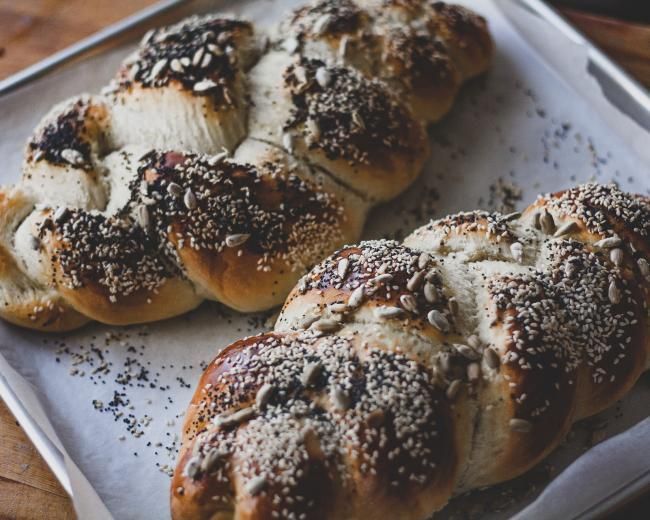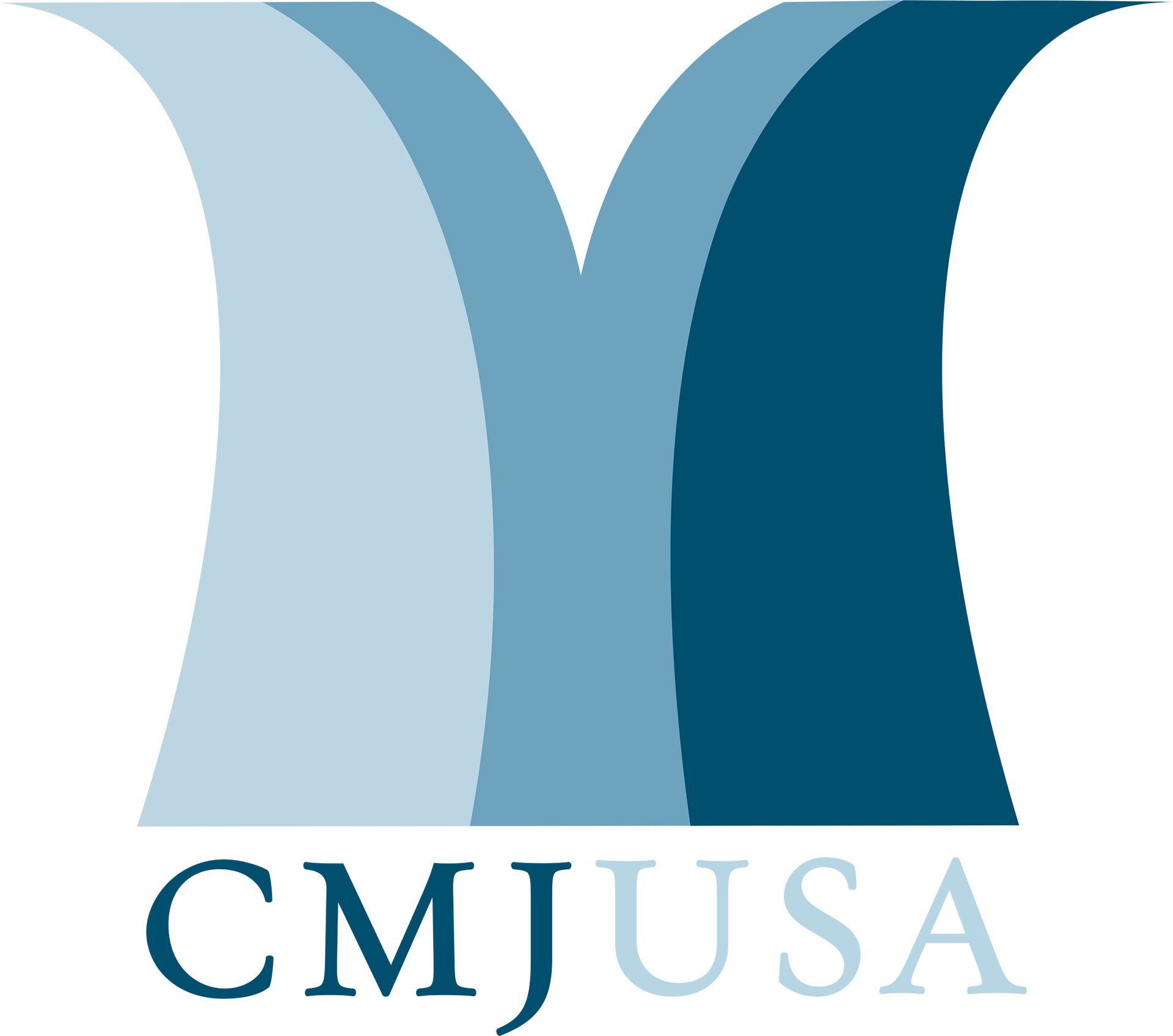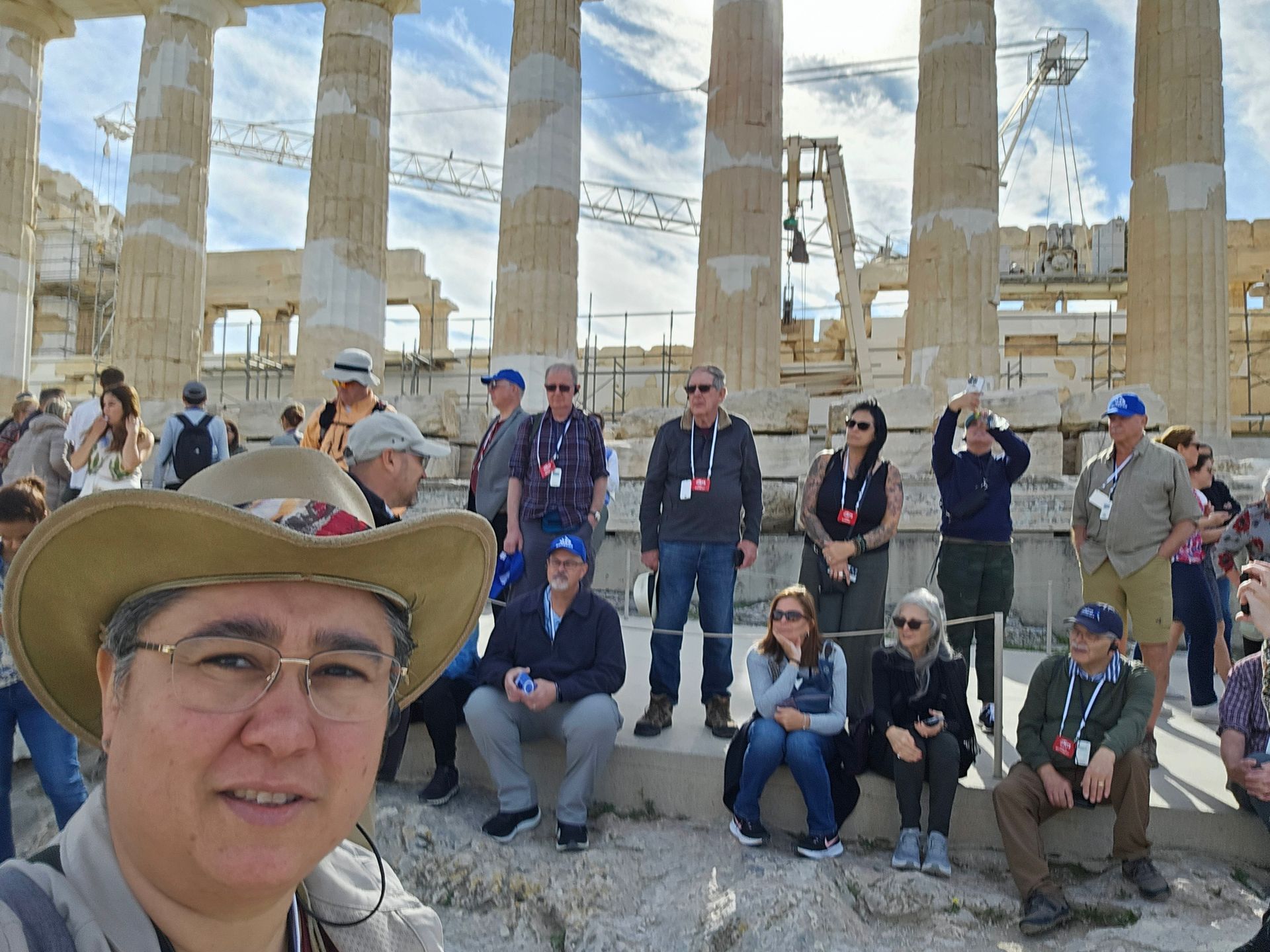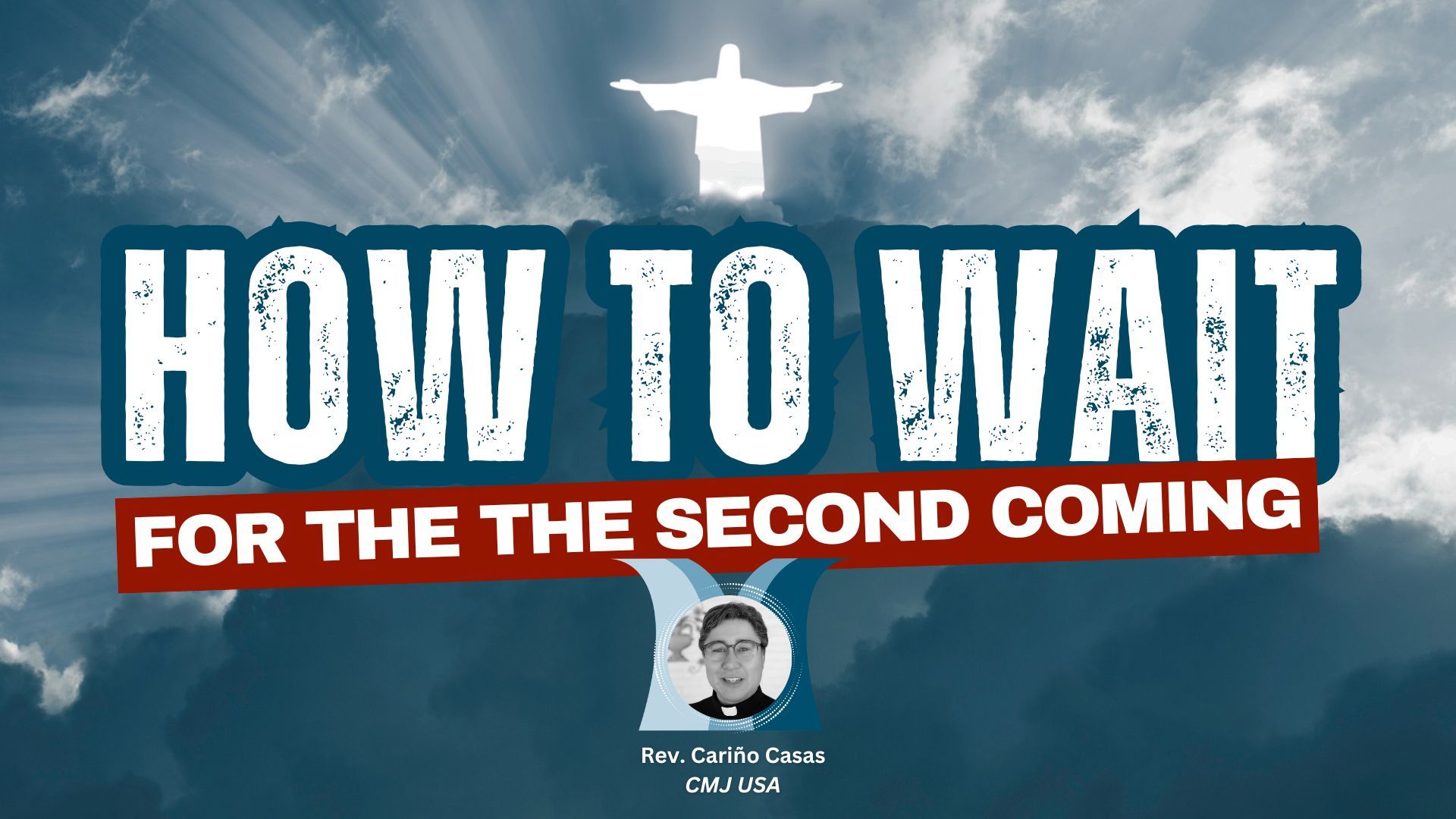Shavuot: Creating One New Man
Shavuot (“Weeks” in Hebrew) – Pentecost (“Fiftieth” in Greek) is the third of the annual Feasts of the LORD described in Leviticus 23, and the second of the “Pilgrim Festivals” (the other two being Passover and Tabernacles) when every male in Israel was commanded to come up to the Temple in Jerusalem and offer their gift to the LORD.
The names Shavuot and Pentecost refer to God’s instructions to the Israelites to count seven full weeks – 49 days – from the waving of the omer on “… the day after the sabbath of Passover”; and on the next day – the 50th – to offer “the firstfruits of your harvest” (see Leviticus 23:15f). This clearly links Shavuot back to Passover, and so it is also called Hag Atzeret - “The Completion Festival”. How does it complete Passover?
The answer is better understood if one knows that, according to tradition, it was on the fiftieth day after the Israelites left Egypt that the LORD gave Moses his Torah on Mount Sinai – hence another name for the feast: Zeman mattan Torah - “The Season of the giving of the Torah”. Yes, the Israelites had been set free from slavery in Egypt, but until they received the Torah they had not been told why, except as a fulfillment of God’s promise. Now they were commissioned to take the LORD’s Torah to the rest of the world! So, Shavuot is sometimes called the Birthday of Judaism.

It is, therefore, deeply meaningful that Yeshua chose to pour out his Ruach HaKodesh (Holy Spirit) on his disciples on the Day of Pentecost! Through his death and resurrection, Jesus had set his followers free from slavery to sin and death; and now they were commissioned and empowered to take the Gospel, the Torah of the New Covenant if you like, to the nations, represented by those “… from every nation under heaven” who were there on that day and heard the disciples “…declaring the wonders of God in (their) own tongues” (see Acts 2:5 &11). It was the Birthday of The Church of Jesus the Messiah!
One of the offerings to be presented on Shavuot was two loaves of the newly harvested grain (wheat). However, uniquely among the many grain offerings that were to be offered to the LORD, these loaves were to be leavened ! All the other offerings symbolized what the LORD was doing for his people. Thus, they were to be free of the corruption that leaven symbolized. But these loaves offered at Pentecost symbolized the response of the sinful people! They spoke of their acceptance of the commission to be God’s witnesses, despite their sinfulness. Tradition says that God offered his Torah to all the nations, but only Israel accepted it with its obligations and benefits!
Another interesting question is, Why two loaves?
The rabbis teach that a loaf of bread typifies the Torah and that the two loaves are the written Torah and the Oral Torah; or that they represent the human and the divine working together through Torah to combat the evil inclination in humans. But perhaps a better answer can be found in the tradition of reading the story of Ruth in the synagogue service on the second day of Shavuot.
The rabbis again have several answers as to why this is done. The one most often offered is that the love story between Ruth and Boaz happened during the wheat harvest – i.e., at Shavuot. But it must be noted that whereas Boaz was Jewish, Ruth was a Moabite, a Gentile, who, because of her commitment to the God of Israel – see Ruth 1:16, “Your people will be my people and your God my God” – became the ancestress of King David and thus of Yeshua, the Messiah.
Thus, I believe that the LORD intended that Jewish believers and Gentile believers would be united in the Messiah, and so commanded two loaves to be offered representing the commitment of Jew and Gentile together as his witnesses. I believe that this is what St. Paul had in mind when he spoke to the believers in Ephesus and in the churches in the Province of Asia about the revealed “mystery” that Messiah Yeshua had, through his shed blood, created out of the two - Jew and Gentile - one new man!
Hallelujah!
-The Rev. Philip Bottomley

Blessed by this post? Ready to sow into the work of CMJ? No gift is too small. we are blessed by your partnership.




